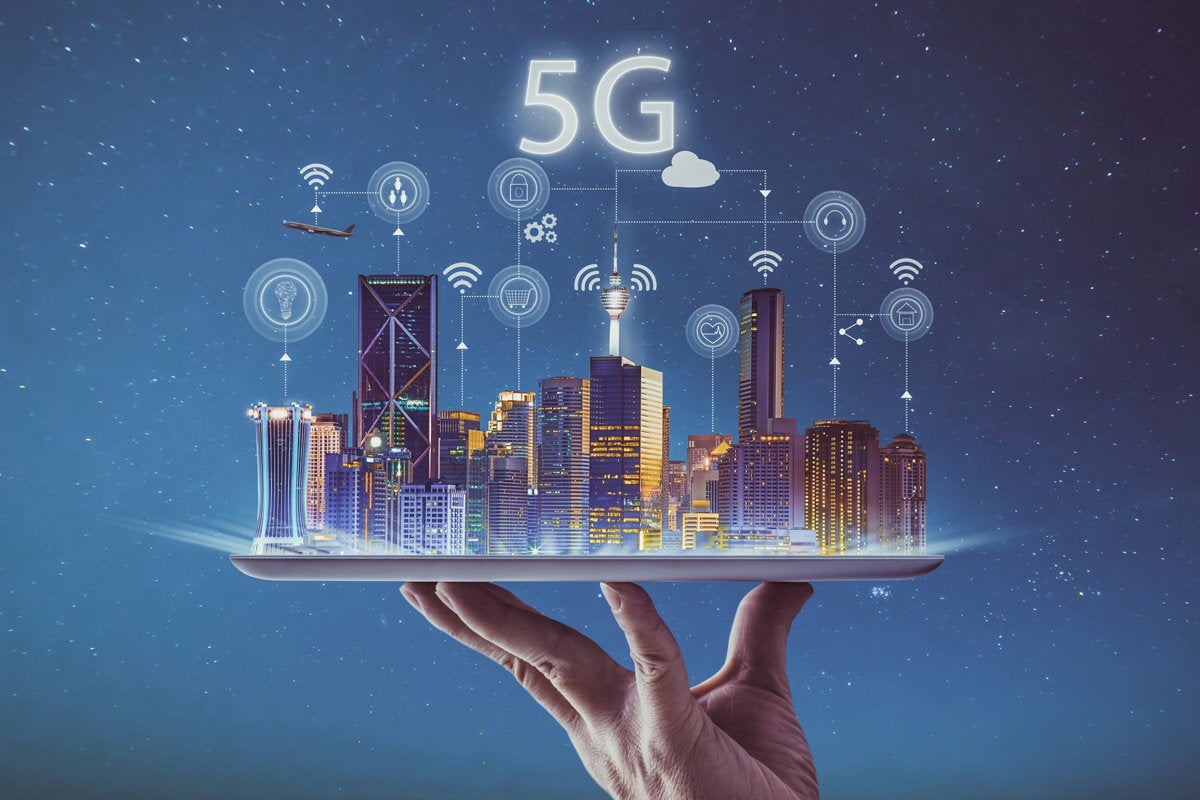According to the latest worldwide market study by Juniper Research, telecom network operator spending on MEC (multi-access edge computing) will increase from $2.7 billion in 2020 to $8.3 billion in 2025. You read that right: Spending will almost triple within the next four years.
MEC (formerly known as mobile edge computing) is a communications approach that enables cloud computing capabilities at the edge of a cellular network, or really any network.
[ Also on InfoWorld: Amazon, Google, and Microsoft take their clouds to the edge ]
As the emerging 5G (fifth generation) network systems continue to roll out during the next few years, mobile service providers will invest heavily to upgrade their communications network capacities and IT systems infrastructure to support the growth in data consumption and production generated by emerging 5G network-coupled applications.
The next-generation devices, which are functional access points, routers, base stations, and other network access entities, will finally allow the exploding quantities of IoT (Internet of Things) devices (home technology, connected vehicles, and of course mobile devices) to satisfy their increasing bandwidth requirements.
As a side benefit, we should also see more access for geographical areas currently designated as “bandwidth deserts” since they don’t support high-speed Internet. Today’s lack of educational and job opportunities in those areas due to technology limitations will disappear.
These next-generation devices will play a vital role in managing the vast quantities of IoT-data generated by connected vehicles, smart city systems, and other emerging data-intensive services.
As a result, the growth of MEC will likely drive the optimization of diverse market segments. Take farm yields, for example. As farmers exploit newly cost-effective “smart farm” technology, they can focus on irrigation to conserve water or identify and target harmful pests that can be removed using less toxic methods than are currently used.
The public cloud providers will benefit most from these innovations with access to a larger marketplace. In turn, companies in diverse markets will begin to consume public cloud services that provide cost-efficient access to game-changing technologies, such as machine learning, mass data storage, and advanced analytics. In essence, the public cloud providers become the great equalizers.
[ Also on InfoWorld: The shape of edge computing in 2021 ]
We’ll see a number of changes like this take place in the next few years. The common patterns will be a confluence of mobile networks and enterprise networks, and the blurring of the lines between the two. Faster and more pervasive networks are not always helpful, but this really works to solve the “last mile” problem we’ve had since the inception of the Internet.
The pandemic illustrated the true business value of reliable network connections, as well as the importance of cloud computing. 5G will soon splash that illustration with vivid, high-speed colors in every geographic corner. Be ready to take advantage.






